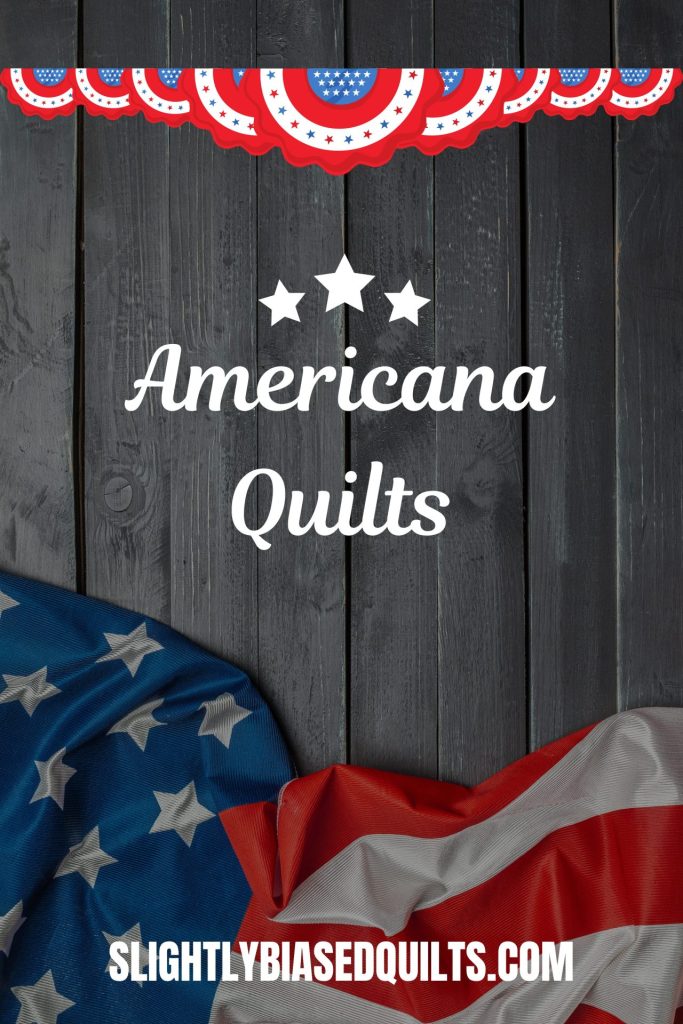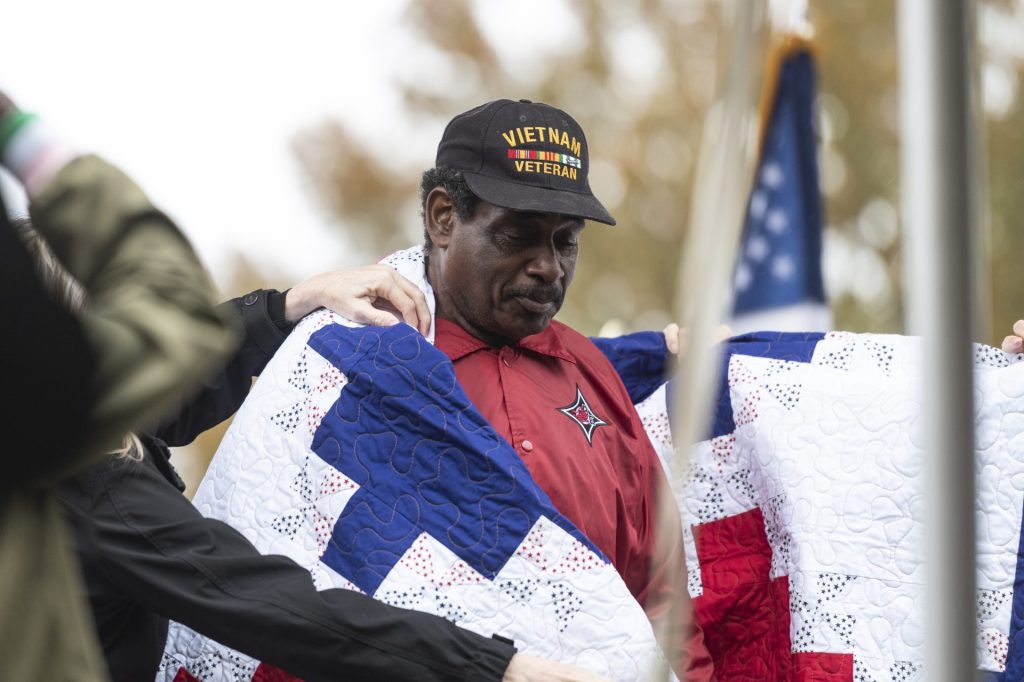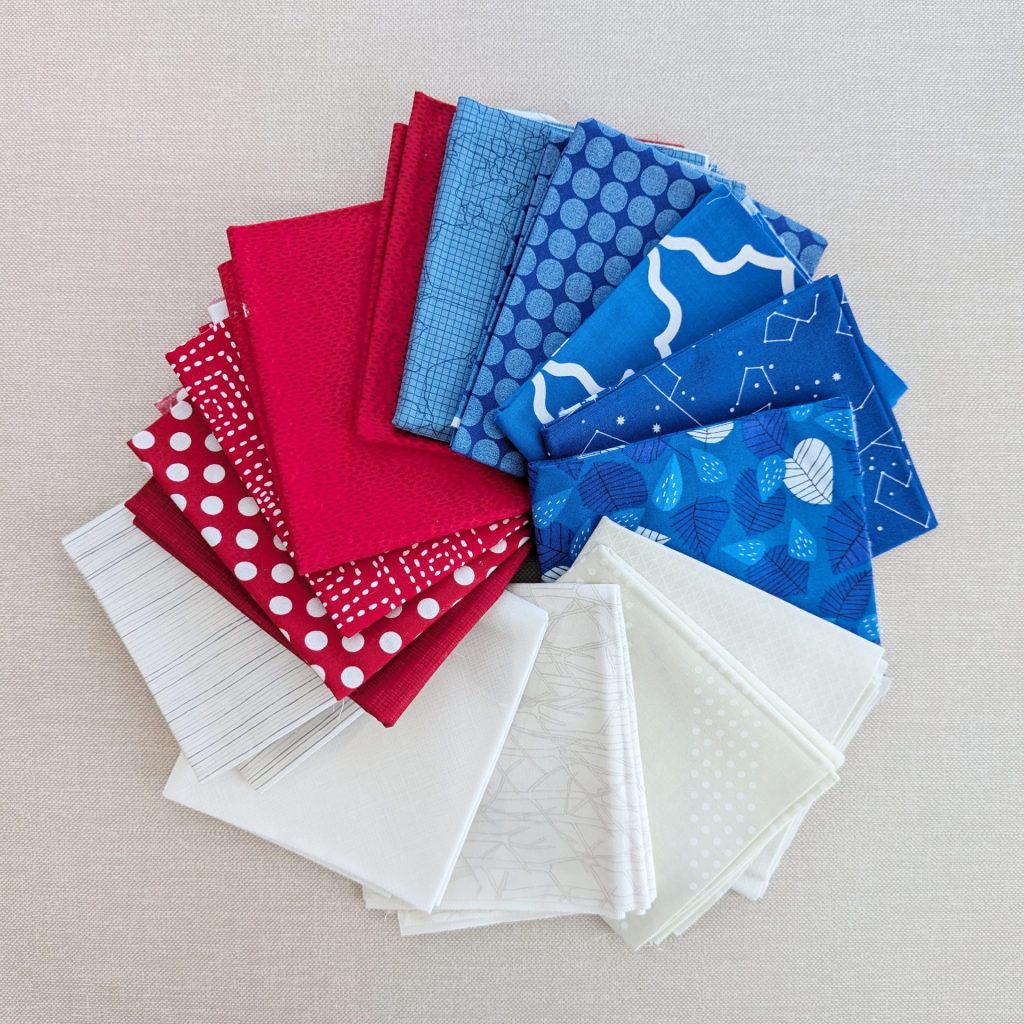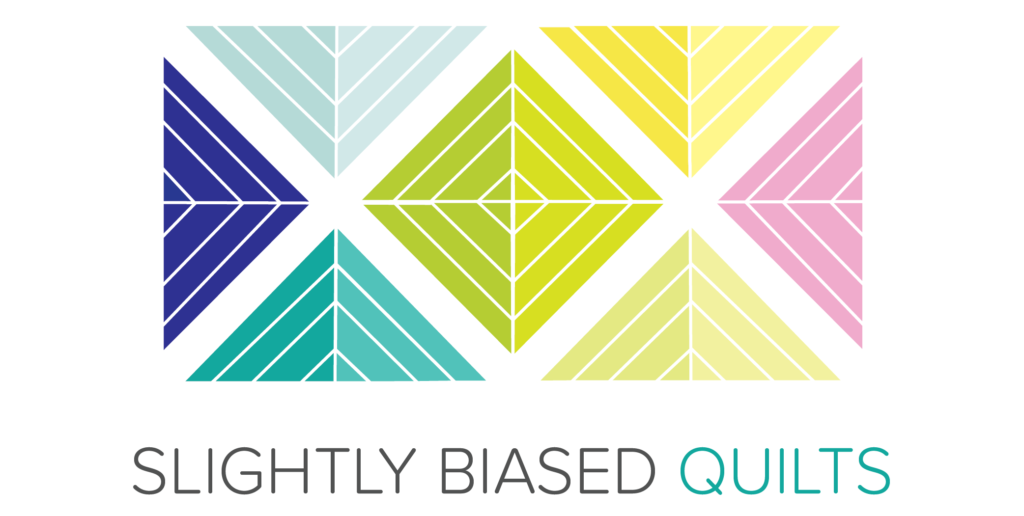
Patriotic quilts are a significant subcategory of Americana quilts, stitched with symbols of national pride and unity. These quilts capture the essence of American patriotism, often created to commemorate important events, honor military service, or simply express love for the country. Americana quilts hold a special place in my heart, images of rustic barns, sprawling fields, and the essence of American heritage are just a few things that come to my mind. The cherished traditions that make patriotic holidays so special for me include the smell of hot dogs and hamburgers sizzling on the grill, the juicy sweetness of a fresh slice of watermelon. The highlight of every celebration was sitting on our backyard swingset, watching the local fireworks display bursts of color into the sky above us, perfectly synchronized with music from the local radio station. So what makes an Americana quilts so striking? Let’s explore what makes us love them so much.
A Brief History of Quilting in America

Patriotic quilts have been part of American quilting traditions since the nation’s early days. During the Revolutionary War, women crafted quilts with patriotic symbols to support the cause of independence. In the Civil War era, quilts were made to raise funds for soldiers and hospitals, featuring motifs like the Union flag and military insignias.
The tradition continued through the World Wars, with quilts being created to honor soldiers and promote war efforts. These quilts often included stars, stripes, and eagles, symbolizing courage, freedom, and the American spirit.
Americana quilts are not just functional or decorative items; they are cultural artifacts that offer a glimpse into American life across different eras. They tell stories of hardship and triumph, community and individuality. During the Civil War, quilts were made to raise funds for soldiers and provide warmth on the battlefield.
Perhaps this is one of the reasons red white and blue quilts invoke so many feelings of patriotism.
The Americana quilt tradition blossomed in the 19th century, particularly during times of upheaval and change, such as the Civil War and the westward expansion. Quilts became symbols of community and resilience, often crafted during quilting bees where women gathered around a quilt to sew, share stories, and bond.
Then during the Bicentennial celebration in 1976 there was a resurgence in patriotic quilting, as Americans reflected on their nation’s heritage and achievements.
Today, Americana quilts continue to be cherished heirlooms, displayed in homes, museums, and historical sites. Modern quilters draw inspiration from traditional designs while infusing contemporary elements and personal stories.
Americana quilts are a testament to the enduring spirit of our great nation.
Key Elements of Patriotic Quilts

Patriotic quilts are distinguished by several defining elements that set them apart from other quilting styles:
- Color Scheme: Red, white, and blue dominate the color palette, representing the American flag. Gold and silver accents are sometimes used to add a touch of elegance and honor.
- Symbols and Motifs: Common symbols include stars, stripes, eagles, the Liberty Bell, and even the Statue of Liberty. These motifs are often arranged in intricate patterns that tell a story of national pride.
- Themes: Themes of unity, freedom, and service are prevalent. Quilts might commemorate specific events, such as Independence Day or Memorial Day, or honor individuals who have served in the military.
- Fabric Choices: Historically, quilters used whatever fabrics were available, but modern patriotic quilts often feature specially designed fabrics with patriotic prints, including flags, fireworks, and historical texts.
- Stitching Techniques: Both hand-quilting and machine-quilting techniques are employed. Decorative stitches can outline stars, flags, and other motifs, adding texture and dimension to the quilt.
Contemporary Significance of Patriotic Quilts
In contemporary times, patriotic quilts continue to be powerful expressions of national pride and solidarity. They are often made for special occasions, such as Fourth of July celebrations, Veterans Day, and other patriotic holidays. Here are a few notable contexts in which patriotic quilts play a significant role:
- Honoring Veterans: Quilts of Valor is a well-known initiative where quilters create patriotic quilts to honor and comfort veterans and active-duty service members. These quilts symbolize appreciation and respect for the sacrifices made by military personnel.
- Commemorating National Events: Patriotic quilts are frequently created to mark significant national events, such as presidential inaugurations or anniversaries of historical milestones. They serve as both commemorative pieces and artistic tributes to the nation’s history.
- Community Projects: Many quilting communities and guilds undertake patriotic quilting projects, bringing people together to create quilts for charitable purposes or public displays. These projects foster a sense of community and shared purpose.
- Personal and Family Heritage: For many families, patriotic quilts are cherished heirlooms passed down through generations. They are often created to celebrate family members who have served in the military, making them deeply personal and meaningful.
Whether you hang a mini patriotic Vela quilt for decor, take out a patriotic quilt for an independence day picnic, or maybe you’re just starting one, the significance in the quilt you carry is felt by all you share it with.

Thank you for this – the Bets at the Veteran’s Hospital love to show off their quilts. Usually smaller ones to drape over their laps, (better to show off) and give a topic of conversation other than the reason they are in the hospital.
That’s so lovely! :) I love to see such positive uses of quilting/quilts.
I always hang RWB quilts in my house during what i call the “Patriotic Months” (Memorial Day – Labor Day). I have made a number of QOV tops but am sill waiting to both quilt them and try to organize an awarding ceremony in my community.